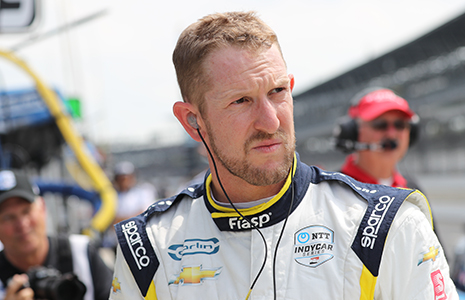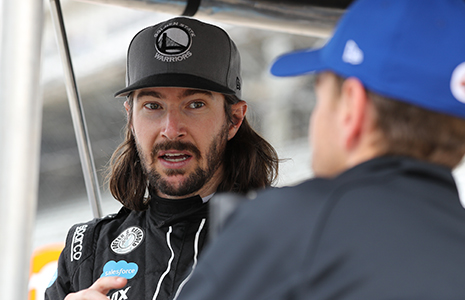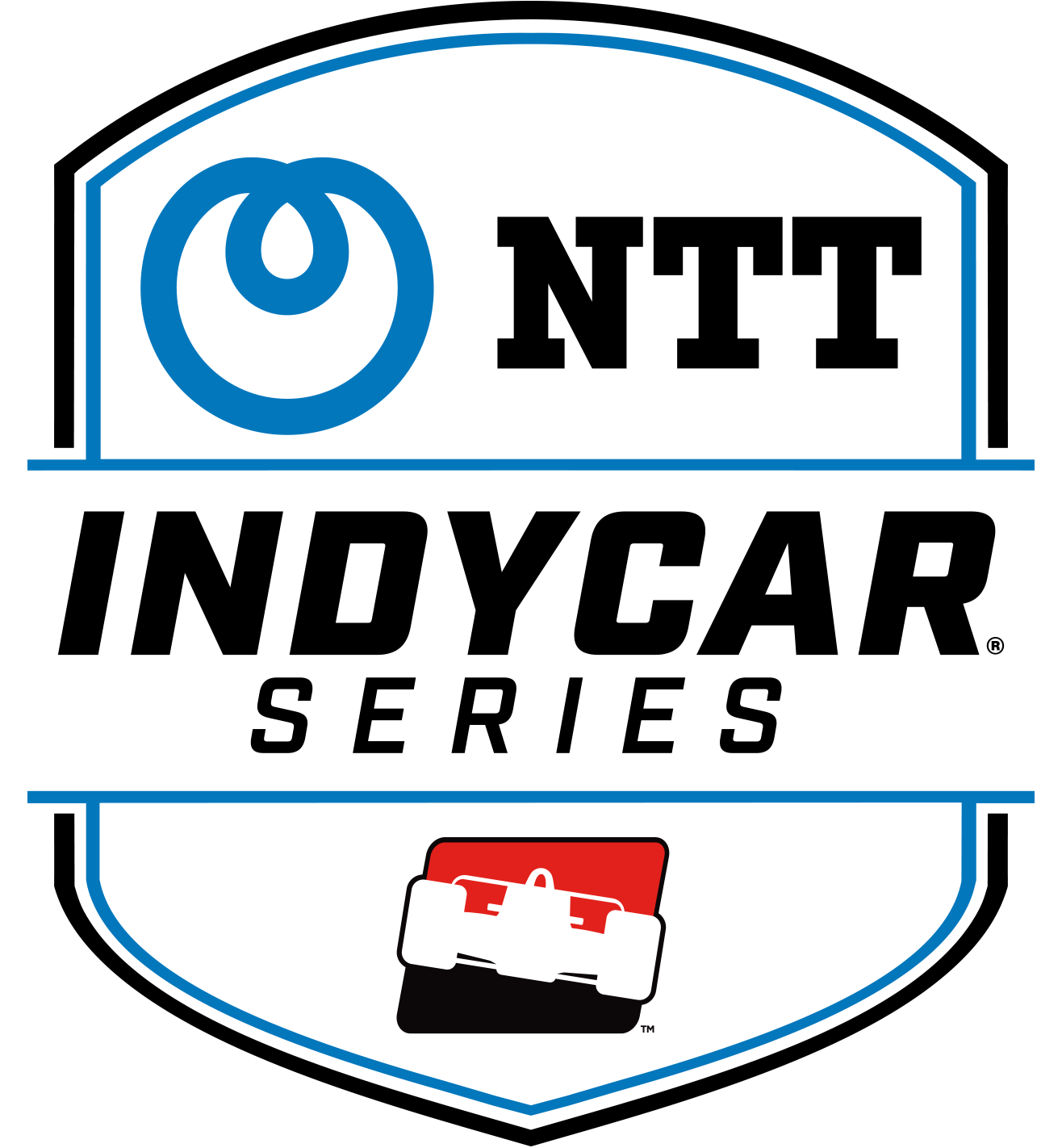Many minor amounts of data could lead to major Indy 500 success
MAY 25, 2019
INDIANAPOLIS – Nothing quite replaces good-old seat-of-the-pants instinct in the quest to win at Indianapolis Motor Speedway. But whoever achieves that pinnacle moment in the Indianapolis 500 present by Gainbridge will be driven by data. Massive amounts of data.
The volume of information produced every time an NTT IndyCar Series team turns a wheel can be massive to the point of paralysis by analysis.
But the numbers acquired through hours of practice during the month also could contain exactly what’s needed to produce the tenth of a second in extra speed that’s so precious. Especially at IMS, where a miniscule adjustment can make the difference between a driver looking at their face on the Borg-Warner Trophy or into the mirror wondering what they should have done differently. It's why you'll see drivers like Ed Carpenter (above) staring intently at a tablet computer while sitting in his car during practice. The tech invasion has fully immersed the paddock and pit lane.
“I’m the son of an engineer, I’m very linear, very logical. As a driver, I’m looking for data and metrics for my information as well,” said Charlie Kimball, driver of the No. 23 Fiasp Carlin Chevrolet whose father, Gordon, was a noted Indy car and Formula One race engineer. “All of the work we do in practice, all of the information we deal with in engineering debriefs, all the work we do in different weather conditions during the course of the week means that on race day my personal toolbox of how to handle what the car is doing at different points in the race is more complete.”
 For example, Kimball pays close attention to steering angle. The more a driver must turn the wheel to get through a corner, the more speed that will be scrubbed away.
For example, Kimball pays close attention to steering angle. The more a driver must turn the wheel to get through a corner, the more speed that will be scrubbed away.
“Especially here, because little things make such a big impact here,” Kimball said. “If we make a change and I say, ‘OK, it made the car turn better through the corner, what did it do to that metric?’”
Kimball will compare that data with Carlin teammate Max Chilton, driver of No. 59 Gallagher Carlin Chevrolet, to see if there’s anything in Chilton’s data that can help him improve. He also had benefit of a third teammate this month in rookie Patricio O’Ward. Even though neither of the others qualified for the race, their practice data remains valuable.
“Let’s say Max is scrubbing a little less in (Turn) 4,” Kimball said. “What’s his average steering angle going through there? How does that work? Are you scrubbing more (speed) because you’re running a tighter line? Where is that tradeoff to get speed?”
That doesn’t mean old-school observation still doesn’t have an important place. JR Hildebrand, driver of the No. 48 Dreyer & Reinbold Racing Salesforce Chevrolet, says it was important during Indy 500 practice to look beyond the data, especially when running with other cars in race trim.
“The types of things that really we were trying to pay attention to throughout the race running was more subjective than the analytics can tell you,” Hildebrand said. “It’s really trying to understand who on track, almost just by observation – although some of this you can dig out of the data at the end of the day – are the guys who are really capable of making genuine on-track passes? Who are the guys you notice through the course of the day who seem able to do that in varied conditions? Are they just out there with one other car? Are they out there with two or three other cars? Did they start at the back of the pack and work their way through the pack?”
Hildebrand describes the mix of feel and observation with data as “putting together the puzzle pieces” to form a plan. He may know by instinct where on the track he’s fastest, but data may reveal, for example, where other drivers are making their cars work best to make a pass.
 “Every little bit counts,” he said. “You can start to pull some trends out of that kind of stuff just to figure out that maybe there is sort of a magic window when guys are making it work. That gives me as a driver a little bit to think about when we’re out there, like, ‘OK, if I can stay flat through (Turns) 3 and 4, I can come from 10 car lengths back going into Turn 3.’ Then you can start to plan that out because at Indy, you’re mapping out your pass like a lap in advance. The more you get through that lap, the more you’re making adjustments based on gapping and all that kind of stuff to take advantage of the parts of the track that you’re the best.”
“Every little bit counts,” he said. “You can start to pull some trends out of that kind of stuff just to figure out that maybe there is sort of a magic window when guys are making it work. That gives me as a driver a little bit to think about when we’re out there, like, ‘OK, if I can stay flat through (Turns) 3 and 4, I can come from 10 car lengths back going into Turn 3.’ Then you can start to plan that out because at Indy, you’re mapping out your pass like a lap in advance. The more you get through that lap, the more you’re making adjustments based on gapping and all that kind of stuff to take advantage of the parts of the track that you’re the best.”
A driver can’t take the data with him or her like a quarterback’s wristband list of plays in football, but lessons learned and adjustments made during practice definitely will come into play during the 200-lap race on the unforgiving 2.5-mile superspeedway.
“If the car is a little free in the middle of (Turn) 2 because the wind picks up in a certain direction, my subconscious goes, ‘That is how it was the other day. Here’s how I learned looking at the information and the data to make it better,’” Kimball said. “If I do this, I can make that less of an issue for me.
“Five hundred miles is a long race. The weather changes, the track changes, every pit stop, it changes. Just like in practice, we’re putting tools into the engineering toolbox to look at conditions for Carb Day and race day and we can say, ‘We want to go that direction with the car.’
“Looking at all of the analytics and data ahead of time means that you are better prepared and you’re not surprised by anything.”






















